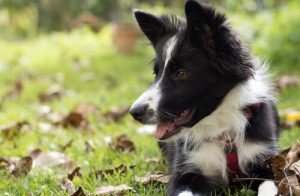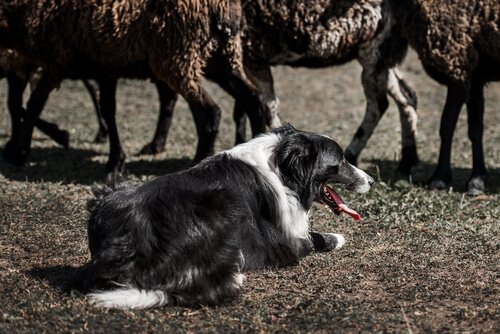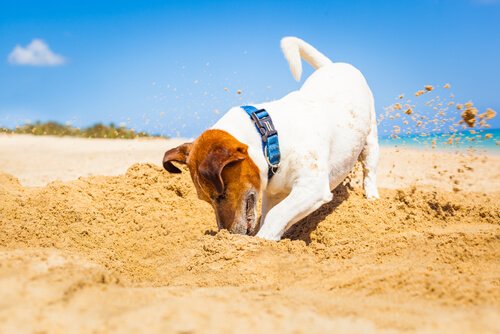6 Instinctive Dog Behaviors

Dog breeds are not just different in appearance. The most important factor of genetic selection is what instinctive behaviors each breed has. For example, guarding livestock or hunting. There is a lot of instinctive behaviors, including many more than you have ever thought of.
Instinctive Behaviors
An instinctive behavior is one which is genetic and can be passed on to future generations. They’re behaviors which just happen because the dog does them naturally. All animals have common instincts, such as the instinct to survive and to eat.
Many breeds have been created to perform a certain job. Shepherd dogs, guard dogs, or hunters haven’t been bred for their beauty but for their ability to work. When it comes to creating working breeds, they’ve created certain instinctive behaviors that can’t be taught – the dog knows how to do them all by himself.
House dogs continue to have these innate behaviors, even though they never put them into practice. When they’re stressed these behaviors can sometimes appear. It can be amusing or surprising, but if your dog does act instinctively, he’s telling you he’s stressed out.
1. Shepherding
All shepherd dogs have been used to herd sheep. Some breeds stopped being used for this task decades ago. However, others continue to be used to herd livestock. For example, the Border Collie is able to round up animals as of a very young age. At just five weeks old they are able to watch over and try herding animals.

Once they’re adults, if they’re nervous, they can be seen watching over children in parks, other groups of dogs, or in extreme cases much smaller animals like ants.
2. Digging Holes
Terriers are some of the best catchers of rats, rabbits, and other small animals. Nowadays, this breed is used as a house pet. However, the Yorkshire Terrier and Westy were originally great hunters that dug up burrows to catch the inhabitants below.
Therefore, terriers tend to dig and make holes. Most likely you know someone who has no plants in the garden because their Terrier has dug all the soil up. You might have even witnessed a Terrier trying to ‘dig’ the cushions on the couch.
3. Different Dogs, Different Games
Different breeds of dog play different games. Hunting dogs play by banging their heads or biting, while hounds like greyhounds or podencos like to chase each other over large distances. Due to their genes, shepherd dogs tend to bite the legs of other dogs when they play. Terrier dogs bark a lot more than other dog breeds.
4. Differences in Communication
Dogs communicate with gestures and they use their whole body: mouth, ears, eyes, tail… Dogs that can’t use certain parts of their body well will reinforce their communication by using other body parts.
A dog with droopy ears, like the Basset Hound, can’t move them to communicate. Likewise, a dog with long hair on his face like a Schnauzer can’t show his tongue or teeth very well. These dogs are aware of this and instead they manage to communicate with the rest of their body.
5. Signals
Hunting dogs are divided into different functions: pointing dogs show the location of the prey and they do this by raising one of their front legs.

If you see a dog doing this, look at where he’s pointing. Pointing dogs have this pointing instinct written in their DNA. They do this behavior to point out something really interesting or as a sign of stress.
6. Carrying Things
Another hunting function is retrieving prey. For example, Labradors were designed for this job. This breed and similar ones, such as the Golden Retriever, have inherited this surprising instinctive behavior. These dogs have no problem carefully picking up things with their mouths because their ancestors needed to carry the prey without damaging it.
When a Labrador gets nervous, he’ll tend to pick things up and move them somewhere else. There are some households with Labradors that always have a shoe, the TV remote, or stuffed toy missing. This happens because their instinct is to carry things in their mouths. Some do it for fun, but it normally is a sign of stress or nervousness.
In conclusion, instinctive behaviors are things that dogs do naturally without ever thinking about it. Dogs become very difficult to teach when they do these behaviors out of nervousness or stress
If you know the breed of your dog, and you know what kind of job their breed was designed for in the past, you can learn to identify their instinctive behaviors and that way you’ll be able to tell when they might be nervous.
This text is provided for informational purposes only and does not replace consultation with a professional. If in doubt, consult your specialist.